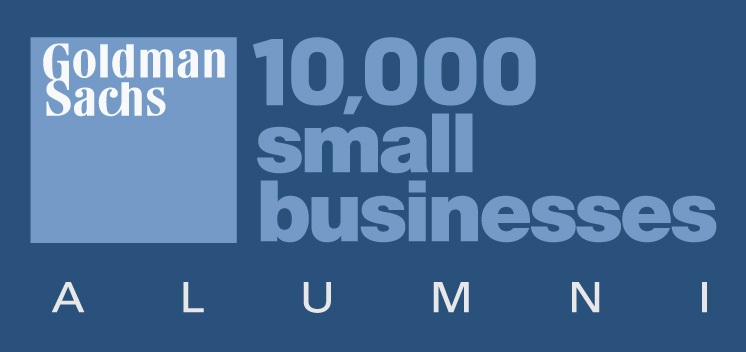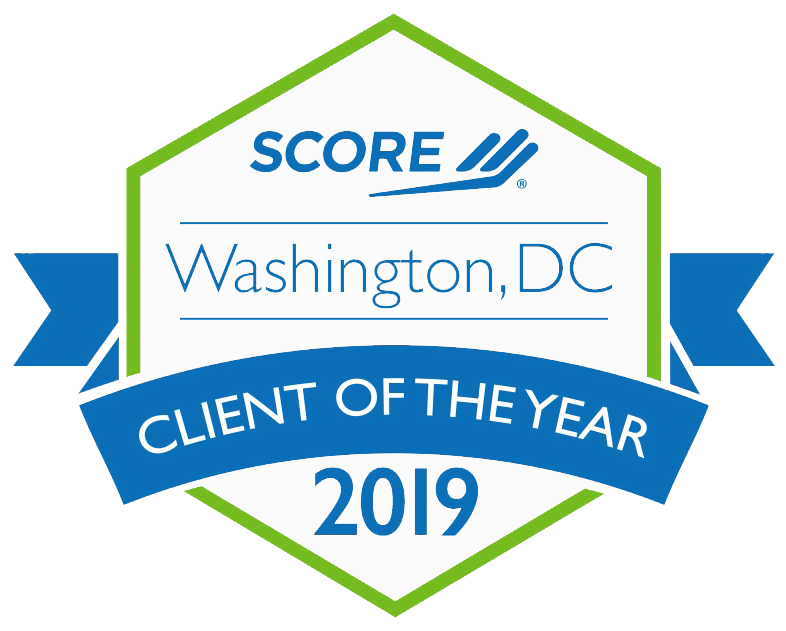Untangling the New Uniform Grant Guidance
It’s the news that all our grant enthusiasts and compliance champions have been waiting for – the new Uniform Grant Guidance has been issued! While the updates won’t go into effect until October 1st, it is important to know about these changes and how they impact your organization.
We’ll start by discussing the “why” of these changes, why the Office of Management and Budget (OMB) decided to make them now, and how they align with larger changes happening in the federal government.
It’s also important to get into the details, so we’ll dive into the top 10 updates in the new guidance and what it means for your organization.
1. What is OMB’s Intended Outcome?
Since the original Uniform Grant Guidance was issued in 2014, federal grant recipients, subrecipients, and contractors have grumbled about the confusing jargon, lack of clarity, and general “squishiness” about some of the guidance’s language and how it applies to all recipients of federal funding.
This is a natural consequence when several different administrative requirements documents and cost circulars are consolidated into one document, and meant to be universally applied. This latest iteration is OMB’s attempt to simplify and reduce administrative burdens for those who must comply with these requirements.
OMB requested public comments and feedback and received thousands of responses, which is why the process of integrating feedback and making updates took over a year.
As such, OMB is seeking to accomplish four core objectives, which are detailed further in the guidance itself:
(1) incorporating statutory requirements and administration priorities;
(2) reducing agency and recipient burden;
(3) clarifying sections that recipients or agencies have interpreted in different ways; and
(4) rewriting applicable sections in plain language, improving flow, and addressing inconsistent use of terms within the guidance.
- Objective 1: Incorporating Statutory Requirements and Administrative Priorities: There were some inconsistencies between statutory authorities that were confusing and unclear. As stated in the guidance, OMB revised Parts 25 (Unique Entity Identifier & System for Award Management), 170 (Reporting Subaward & Executive Compensation Information), and 175 (Award Term for Trafficking in Persons) to ensure its guidance properly aligns with underlying statutes, as amended. These revisions further align OMB’s guidance with the authorizing statutes to ensure proper implementation. OMB also made several structural changes to individual parts within Chapter I to provide further structural consistency throughout OMB’s guidance.
- Objective 2: Reducing Agency and Administrative Burden: As any federal grant recipient, subrecipient, or contractor knows, the recordkeeping, reporting, and management process for federal grants can be a huge undertaking. This has been a constant challenge, which is why OMB is seeking to reduce some of these burdens through increased capitalization threshold levels for equipment and supplies (thus reducing paperwork and recordkeeping), increasing the single audit threshold, and requiring federal agencies to prepare the Notices of Funding Opportunity (NOFO) consistently through a template.
- Objective 3: Clarifying Sections that Recipients or Agencies have Interpreted in Different Ways: While this objective does not constitute specific policy or process changes, it does help to diminish confusion when questions are raised. This has led to a more robust definitions section and ensures a lack of ambiguity.
- Objective 4: Rewriting Applicable Sections in Plan Language: For those who have read NOFOs, this can sometimes lead to additional questions and confusion, and another team member must review it to maintain a shared understanding of the guidance. This is the part that can excite people the most as there is a concerted effort to avoid the use of jargon and incorporate language in plain English that all (including those who are non-native English speakers) can clearly understand. This helps with the flow of information and transparency about the administrative requirements to which federal grant recipients, subrecipients, and contractors must adhere.
2. The Top 10 Uniform Grant Guidance Updates
Drum roll, please….. The moment you have been waiting for – what are the Top 10 Uniform Grant Guidance Updates and how do they impact your organization?
Let’s examine each one. I co-led a session through MyFedTrainer in which we discussed these topics more in-depth.
- De Minimis Indirect Cost Rate Increase (§200.414): For those recipients (and subrecipients) who do not have a negotiated indirect cost rate agreement in place, this is welcome news. As overhead and administrative costs grow, organizations often scramble to find ways to recoup this funding. The rate will increase from 10% to 15% which is a 50% increase.
Plus, there’s more…. The new guidance states that cognizant federal agencies will uphold these indirect rates and pass-through entities (PTEs) must do the same. This will mean less pushback from PTEs and more funding for impactful programs. The National Council of Nonprofits wrote a great memo on this and the importance of this update for nonprofit organizations.
- Single Audit Threshold Increase (§200.501): The dreaded single audit can cause much upheaval and stress within organizations. Now that the threshold has increased to $1 Million versus $750,000 in federal funding obligated within an organization’s fiscal year, which serves as the trigger for a single audit, some organizations may not be required to have a single audit. This increase also coincides with the Consumer Price Index, as the last increase was in 2014.
- NOFO Template Language/Plain English (§200.204): With OMB’s focus on clarity and transparency, it’s no wonder that the NOFO template is a welcome change. The goal is to reduce confusion so applicants can understand the pre-award and post-award requirements, and the template will be similar across agencies. OMB has tasked federal agencies with a plan to incorporate this update by May 15th.
- Tribal Government Inclusion (OMB Memo M-24-11): Many Tribal government entities are removed from the Federal grant application process. To increase the accessibility, equity, flexibility, and utility of Federal funding and support programs for Tribal Nations, Federal agencies are directed to support these entities further.
This requires that Federal agencies promote “compacting, contracting, co-management, co-stewardship, and other agreements with Tribal Nations” and identify funding programs that allow for Tribal set-asides or other benefit or resource programs.
- Unique Entity Identifier (UEI) and SAM.Gov registration (§25.105 (b)): There is confusion about the types of recipient entities (subrecipient, contractor) who must register in SAM.Gov to obtain a UEI. The long story short is that those who receive a subaward directly from a recipient, or PTE, must obtain a UEI. However, those who are second-tier subrecipients or contractors are not required to do so.
- Prior Approval for Eligible Costs (§200.407): Just when you thought you had a handle on your expenditures, there are budget modifications, and you might need to obtain prior approval before acquiring certain equipment, goods, or services. To ease the burdens a bit more for recipients, the prior approval requirements have been removed for such items as entertainment costs, memberships, subscriptions, professional activity costs, and participant support costs.
- Procurement and Modified Total Direct Cost (MTDC) Thresholds Increase (§200.313(e)(1), §200.314): Upon closeout of a federal grant award, recipients can retain, sell, or dispose of supplies and/or equipment at a threshold level of $10,000 instead of $5,000. This allows for more flexibility at the end of a grant award period.
- Geographic Preferences (§200.319): If you work with contractors or subrecipients on a regular basis, this procurement update will impact your organization the most. The updated guidance states that recipients/PTEs can incorporate a scoring mechanism that rewards bidders that commit to specific numbers and types of U.S. jobs, minimum compensation, benefits, on-the-job training for employees making work products or providing services on a contract, and other worker protections. This allows for more domestic labor and promotes inclusivity in the procurement process.
- Build America Buy America Impacts (OMB Memo M-24-11): Since more construction projects require resources not readily found in the United States, there is updated guidance that Federal agencies should specify in the NOFO that some products might be more expensive and less accessible in the United States and require to be purchased from overseas contractors. As a component of this, Federal agencies can require recipients to identify the products for procurement unavailable in the United States and develop a plan to comply with domestic content requirements.
- Micropurchases Documentation (§200.320 (a)(1)(ii)): The recipient or subrecipient should distribute micro-purchases (purchases up to $50,000 if self-certified) equitably among qualified suppliers. A bonus is that micropurchases do not require an extensive procurement process as the solicitation of competitive price or rate quotations are not required, so long as the recipient or subrecipient considers the price reasonable based on research, experience, purchase history, or other information and maintains documents to demonstrate this approach.
As you begin to think about operationalizing some of these changes (and there are more included in the updated guidance), remember that these will take effect on October 1st, so you have some time. The good news is that these changes will offer more clarity, and leniency, and reduce administrative burdens and confusion. Not sure where to begin? We’re happy to answer those burning questions.





